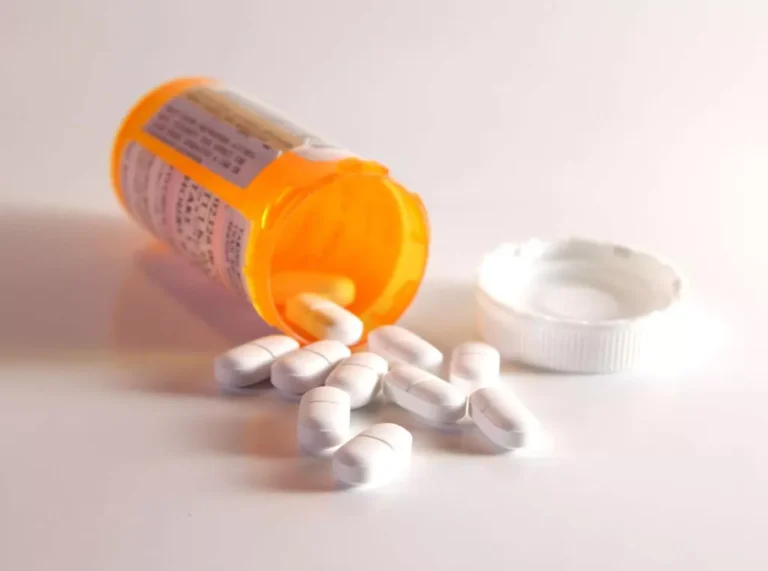
With repeated heavy drinking, however, tolerance develops and the ability of alcohol to produce pleasure and relieve discomfort decreases. Alcohol recovery is a lifelong process that requires dedication and a strong support network. While relapse is common drinking again after sobriety during recovery, people who are committed to the process ultimately enjoy improved health and well-being. These are the hallmark of full recovery from alcohol addiction.
- I finally reached my breaking point in March when I met two friends out for dinner.
- In January 2018, the American Psychiatric Association issued new clinical practice guidelines for physicians that recommend offering the medications to patients with moderate to severe alcohol use disorder.
- It’s helpful to have a relapse prevention plan that considers these triggers, with specifically identified strategies to address them.
- With treatment, vigilance and support, you can break free from the bonds of addiction and start living a better and brighter life.
- Your body has acclimated to quitting drinking over the past couple of years.
This SMART Recovery site doesn’t match your location
- Many people lapse or relapse, and if you think of each attempt at sobriety as a means of getting closer to your end goal — a lesson in your cumulative recovery learning, so to speak — this setback won’t be in vain.
- If you’ve been in a program, immediately connect with your counselor, therapist, support group, or mentor.
- Factors such as the stage of addiction, psychological makeup, support systems, and personal commitment to change all play pivotal roles in determining whether an individual can reintroduce alcohol in moderation or abstain completely.
The second time he tried alcohol, at 16, Chris Marshall wrecked his mother’s car, racked up a DUI, and landed in jail. Marshall loved how alcohol helped =https://ecosoberhouse.com/ lubricate his social relationships and fortified his sense of belonging. When he entered the University of Texas at San Antonio, he joined a fraternity and only ramped up his drinking. While there is no cure for alcoholism, recovery from the disease is possible. With treatment, vigilance and support, you can break free from the bonds of addiction and start living a better and brighter life.
Alcohol and Cialis: Risks, Side Effects & Treatment
Two drugs in particular, naltrexone and acamprosate, have been shown to reduce alcohol cravings and counteract alcohol dependence, but they have not been widely used for that purpose. Hoping to change that, the medical community has begun to emphasize using these drugs to treat moderate to severe alcoholism. In addition to staying completely sober, individuals residing at a sober living home usually sign a contract agreeing to follow a strict set of rules.
Signs of an Alcohol Relapse

Psychologically, individuals with mental health disorders such as depression, anxiety, and post-traumatic stress disorder (PTSD) are at higher risk of developing alcoholism. Alcohol may initially serve as a self-medication mechanism, providing temporary relief from symptoms, amphetamine addiction treatment but ultimately leading to dependency. If you choose to start drinking again, you should have a plan in place for when and where drinking is acceptable, how much drinking is acceptable, and what you’ll do if you find yourself falling into unhealthy habits.

Meetings are plentiful and typically free, and participation is confidential. In AA, participants are encouraged to follow a set of twelve steps for recovery that begins with surrendering to a high power. Next, members learn how to cope with addiction, avoid triggers and find peace in their sobriety by working the 12 Steps in order. This stage typically starts 3–5 years after you’ve stopped drinking. People often need to address past trauma or familial issues during this time. During this stage, most people focus their energy on coping with cravings and resisting the urge to drink.
He’d been slipping out of the house at night after the family went to bed. The hiding was the red flag for him; well, it was one, anyway. Instead of viewing your slip as a step backward, think of it as a progression on your road to recovery. Many people lapse or relapse, and if you think of each attempt at sobriety as a means of getting closer to your end goal — a lesson in your cumulative recovery learning, so to speak — this setback won’t be in vain. And then one night, a coworker asks you to grab a drink after work.

